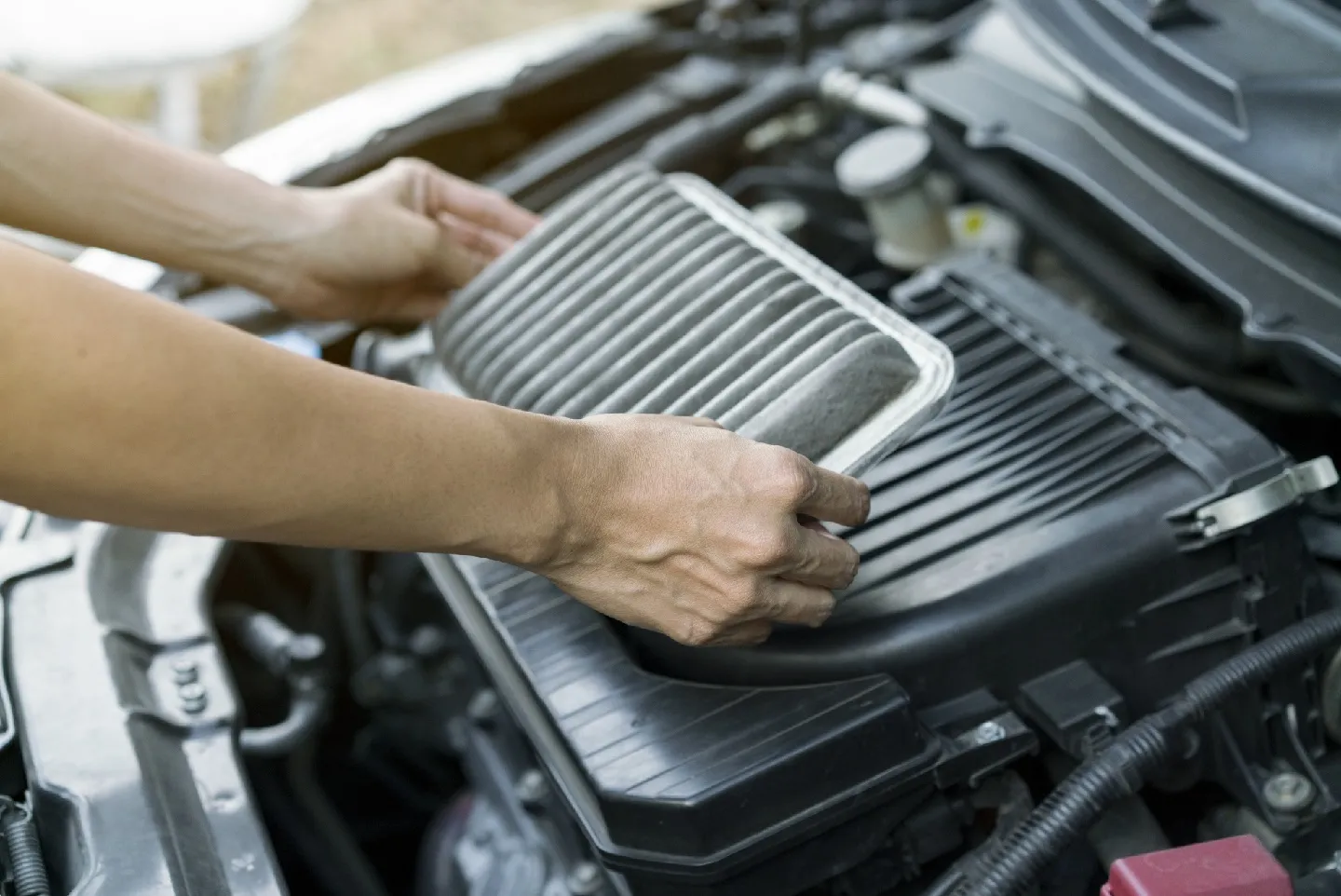May 9 (Punjab Khabarnama) : A recent study published in Environmental Science & Technology reveals concerning findings regarding the air quality inside cars, with drivers and passengers potentially exposed to cancer-causing chemicals. Conducted across 30 states, the study examined cabin air from 101 electric, gas, and hybrid vehicles spanning model years 2015 to 2022. Alarmingly, 99% of the cars tested positive for TCIPP, a flame retardant currently being investigated by the U.S. National Toxicology Program for its potential carcinogenic properties. Additionally, the majority of vehicles also contained two more flame retardants, TDCIPP and TCEP, both known to be carcinogenic.
Rebecca Hoehn, lead researcher and toxicology scientist at Duke University, emphasised the significance of the findings, stating, “Considering the average driver spends about an hour in the car every day, this is a significant public health issue.” She further highlighted the concern for individuals with longer commutes and child passengers, who are particularly vulnerable due to their higher inhalation rates. The study revealed that levels of the hazardous flame retardants were elevated during the summer months, attributed to increased chemical release from car materials due to heat.
Researchers identified seat foam as the primary source of cancer-causing compounds in the cabin air. Flame retardants, added to meet safety standards established by the National Highway Traffic Safety Administration in the 1970s, remain unchanged despite advances, raising concerns about outdated regulations.
Patrick Morrison, director of health, safety, and medicine for the International Association of Fire Fighters, expressed concern over the role of flame retardants in exacerbating firefighters’ high cancer rates. “Filling products with these harmful chemicals does little to prevent fires for most uses and instead makes the blazes smokier and more toxic for victims, and especially for first responders,” Morrison stated in a news release. He urged the U.S. National Highway Traffic Safety Administration (NHTSA) to revise its flammability standard to eliminate the need for flame-retardant chemicals inside vehicles.
Researchers supported Morrison’s opinion, emphasising that toxic flame retardants offer no tangible benefits when used in vehicles.
Lydia Jahl, study author and senior scientist at the Green Science Policy Institute, suggested practical steps individuals can take to minimise exposure to toxic flame retardants, such as opening car windows and parking in shaded areas or garages. However, she emphasised the necessity of reducing the use of flame retardants in vehicles altogether. “Commuting to work shouldn’t come with a cancer risk, and children shouldn’t breathe in chemicals that can harm their brains on their way to school,” Jahl stated, highlighting the urgency for regulatory action to mitigate health risks associated with these chemicals.

